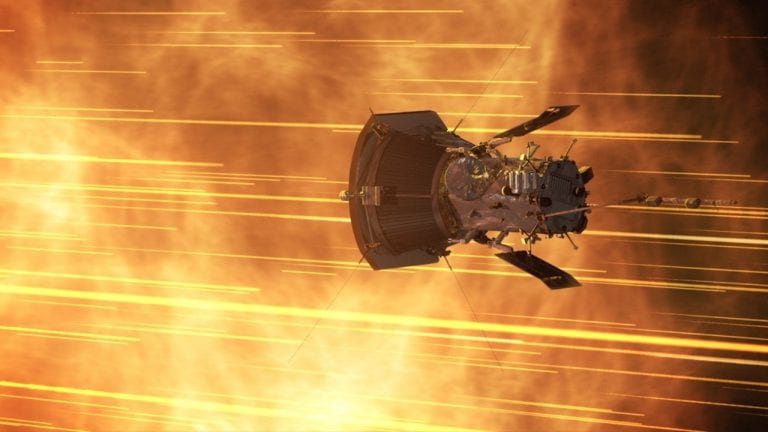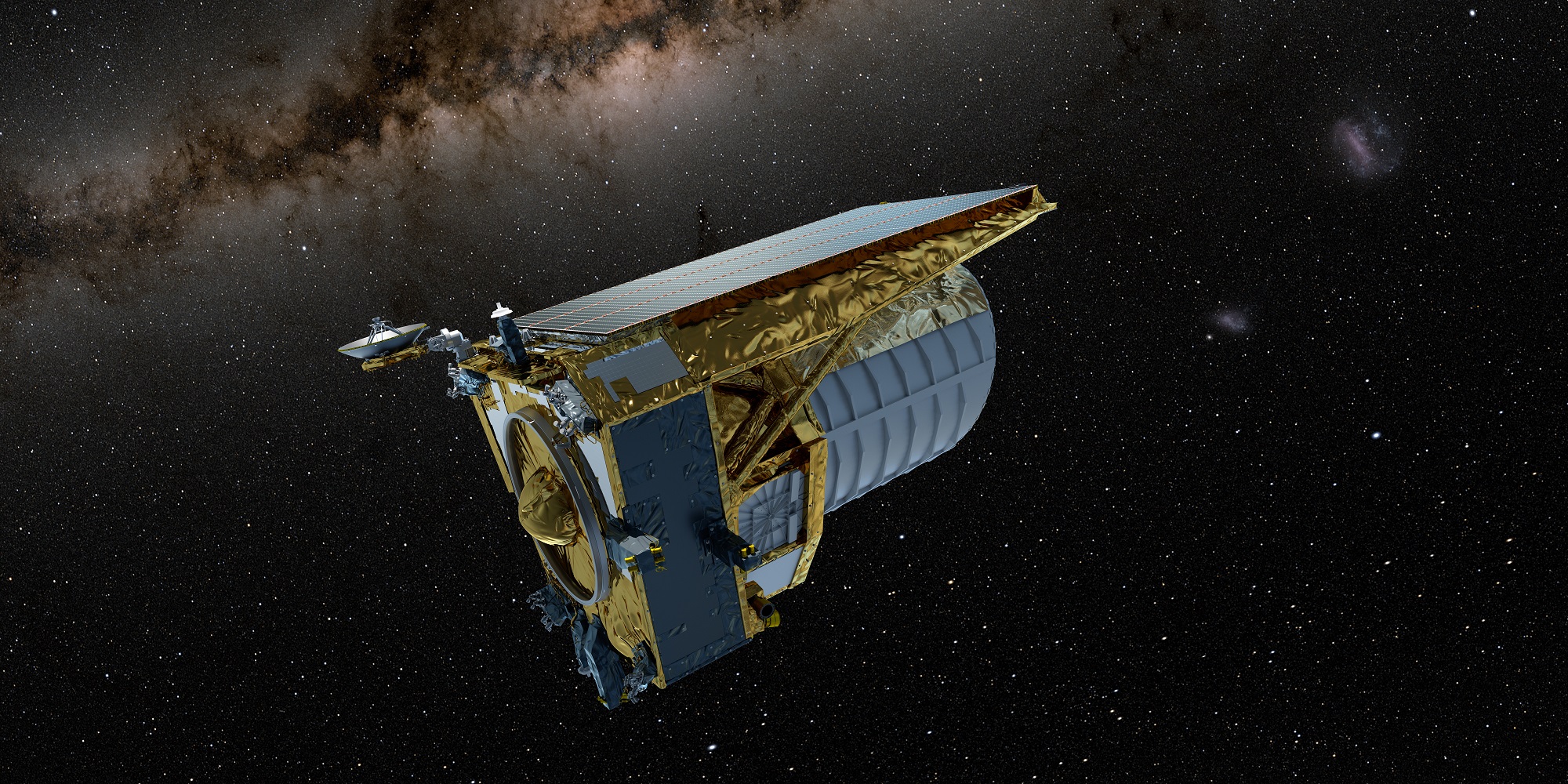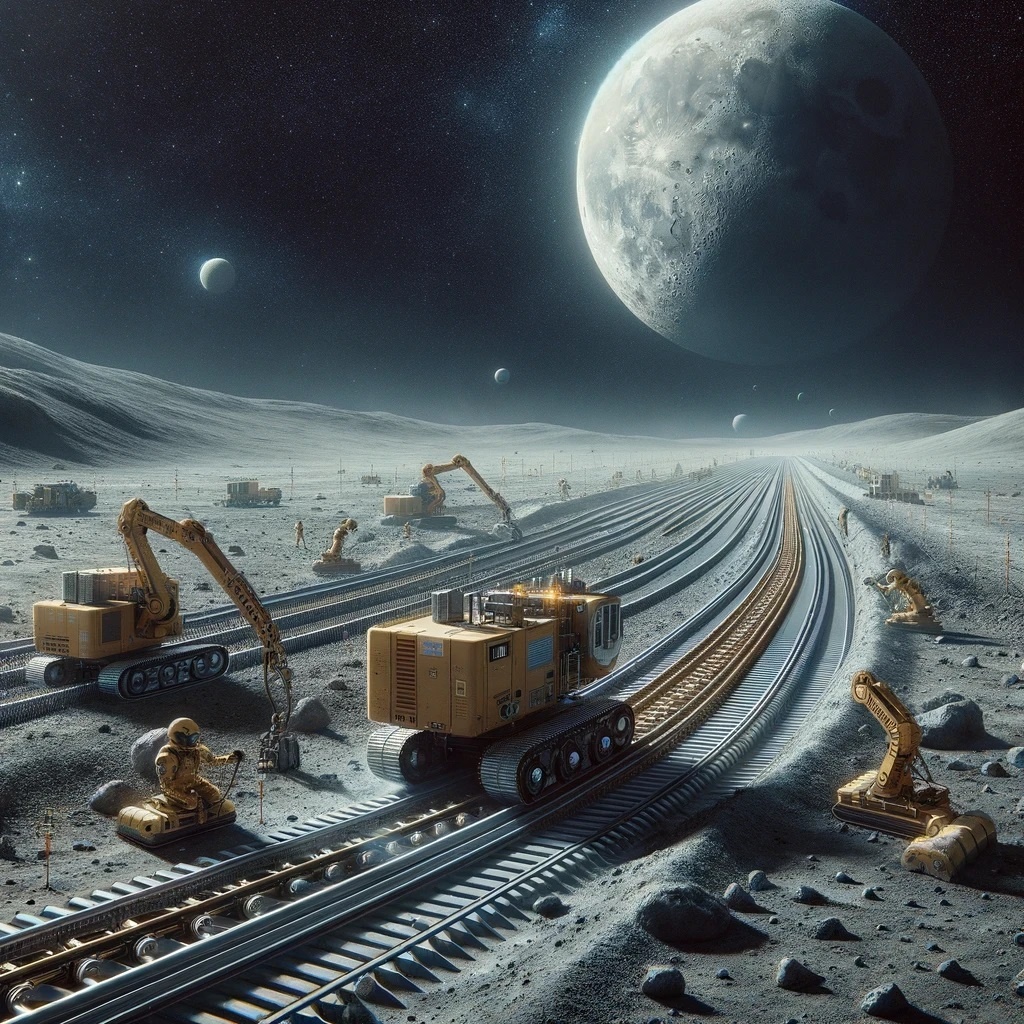NASA’s Parker Solar Probe (PSP) was launched on August 12, 2018, with the goal of becoming the first spacecraft to touch the Sun while teaching us more about our host star than any spacecraft or solar instrument in human history. Now, a recent study submitted to The Astrophysical Journal discusses the incredible data that PSP collected on coronal mass ejections (CMEs) over a four-year period. This study holds the potential to help scientists and the public better understand the CMEs and how they contribute to space weather.
Continue reading “Parker Solar Probe Was Blasted by Coronal Mass Ejections 28 Times in 4 Years”Ice is Starting to Cloud Euclid's Optics
On July 1st, 2023, the European Space Agency (ESA) launched the Euclid Observatory, a mission that will spend the next six years investigating the composition and evolution of the Universe. In particular, Euclid will observe how the Universe has expanded over the past 10 billion years to test theories about Dark Energy. While fine-tuning and calibrating the telescope’s instruments in preparation for the mission’s first survey, the mission team noticed that a few layers of water ice formed on its mirrors after it entered the freezing cold of space.
While common, this is a problem for a highly sensitive mission like Euclid, which requires remarkable precision to investigate cosmic expansion. After months of research, the Euclid team tested a newly designed procedure to de-ice the mission’s optics. On March 20th, the ESA announced that the team’s de-icing approach worked (so far) and that Euclid’s vision has been restored. If the method proves successful, it will have validated the mission team’s plan to keep Euclid‘s optical system working for the rest of its mission.
Continue reading “Ice is Starting to Cloud Euclid's Optics”Northrup Grumman is Studying How to Build a Railway on the Moon
Roughly two years and six months from now, as part of NASA’s Artemis III mission, astronauts will set foot on the lunar surface for the first time in over fifty years. Beyond this mission, NASA will deploy the elements of the Lunar Gateway, the Artemis Base Camp, and other infrastructure that will allow for a “sustained program of lunar exploration and development.” They will be joined by the European Space Agency (ESA), the China National Space Agency (CNSA), and Roscosmos, the latter two collaborating to build the International Lunar Research Station (ILRS).
Anticipating this process of lunar development (and looking to facilitate it), the Defense Advanced Research Projects Agency (DARPA) launched the 10-year Lunar Architecture (LunA-10) Capability Study in August last year. In recent news, the agency announced that it selected Northrop Grumman to develop a moon-based railroad network. This envisioned network could transport humans, supplies, and resources for space agencies and commercial ventures, facilitating exploration, scientific research, and the creation of a lunar economy.
Continue reading “Northrup Grumman is Studying How to Build a Railway on the Moon”Red Giants Offer a New Way to Measure Distance in the Universe

For nearly three decades now, it’s been clear that the expansion of the Universe is speeding up. Some unknown quantity, dramatically dubbed ‘dark energy’, is pushing the Universe apart. But the rate at which the Universe’s expansion is increasing – called the Hubble Constant – hasn’t yet been nailed down to a single number.
Not for lack of trying.
Continue reading “Red Giants Offer a New Way to Measure Distance in the Universe”Starshot … Not? Get a Reality Check on the Search for Alien Civilizations

Fortunately, the real-world search for signs of extraterrestrial civilizations doesn’t have to deal with an alien armada like the one that’s on its way to Earth in “3 Body Problem,” the Netflix streaming series based on Chinese sci-fi author Cixin Liu’s award-winning novels. But the trajectory of the search can have almost as many twists and turns as a curvature-drive trip from the fictional San-Ti star system.
Finding Atmospheres on Red Dwarf Planets Will Take Hundreds of Hours of Webb Time
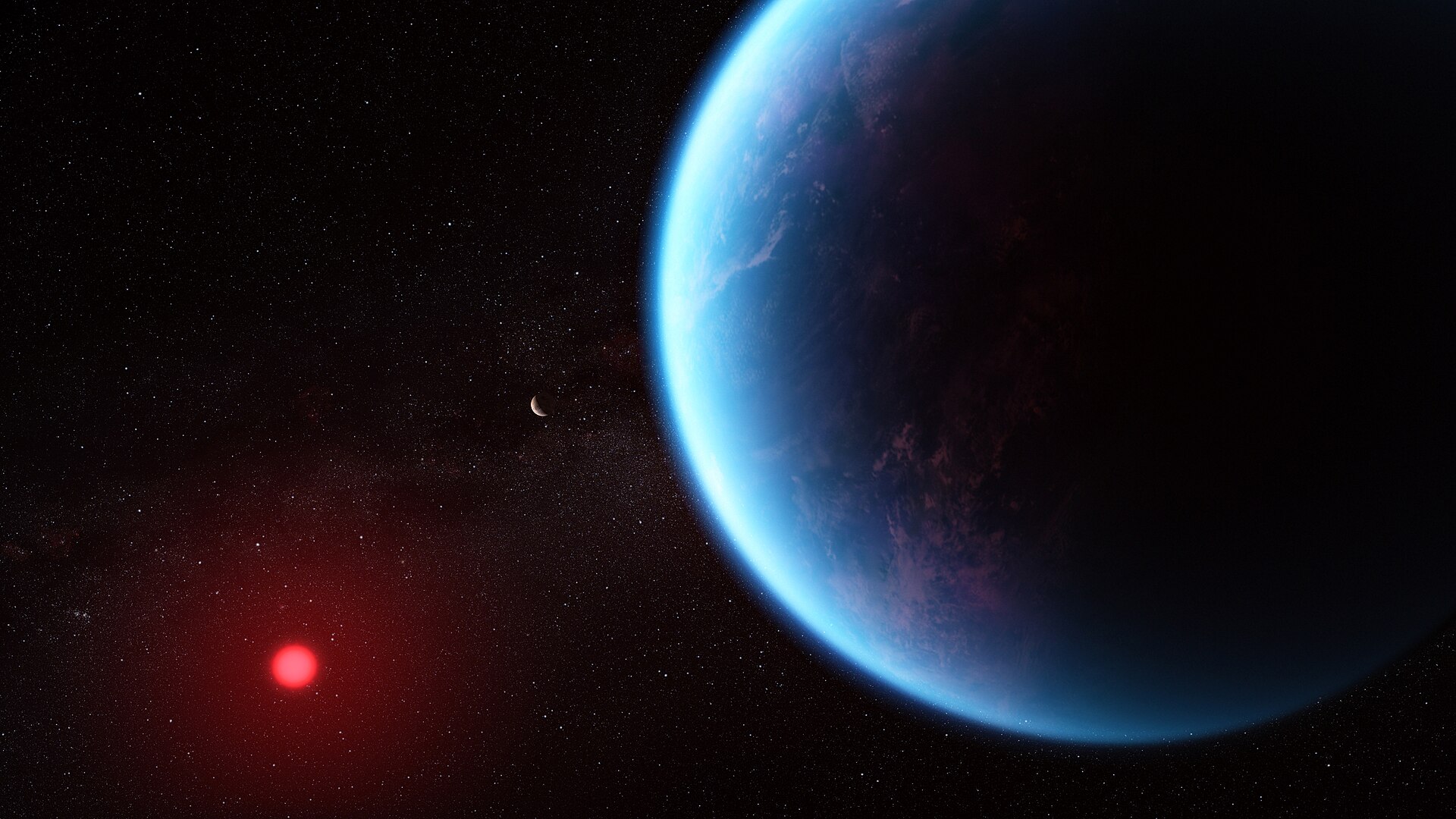
The JWST is enormously powerful. One of the reasons it was launched is to examine exoplanet atmospheres to determine their chemistry, something only a powerful telescope can do. But even the JWST needs time to wield that power effectively, especially when it comes to one of exoplanet science’s most important targets: rocky worlds orbiting red dwarfs.
Continue reading “Finding Atmospheres on Red Dwarf Planets Will Take Hundreds of Hours of Webb Time”Europa Might Not Be Able to Support Life in its Oceans

Can Europa’s massive, interior ocean contain the building blocks of life, and even support life as we know it? This question is at the forefront of astrobiology discussions as scientists continue to debate the possibility for habitability on Jupiter’s icy moon. However, a recent study presented at the 55th Lunar and Planetary Science Conference (LPSC) might put a damper in hopes for finding life as a team of researchers investigate how Europa’s seafloor could be lacking in geologic activity, decreasing the likelihood of necessary minerals and nutrients from being recycled that could serve as a catalyst for life.
Continue reading “Europa Might Not Be Able to Support Life in its Oceans”What Can Europa’s Surface Tell Us About the Thickness of Its Ice?
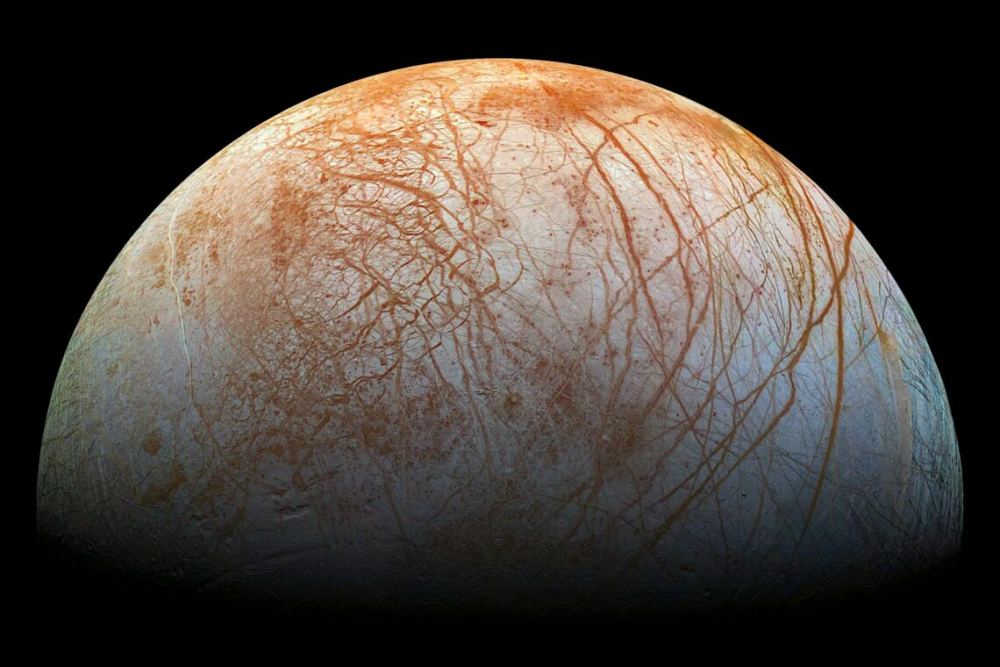
You can tell a lot about a planetary body just by looking at its surface, especially if it has craters. Take Europa, for example. It has a fairly young surface—somewhere between 50 and 100 million years old. That’s practically “new” when you compare it to the age of the Solar System. And, Europa’s icy crust is pretty darned smooth, with only a few craters to change the topography.
Continue reading “What Can Europa’s Surface Tell Us About the Thickness of Its Ice?”One in Twelve Stars Ate a Planet
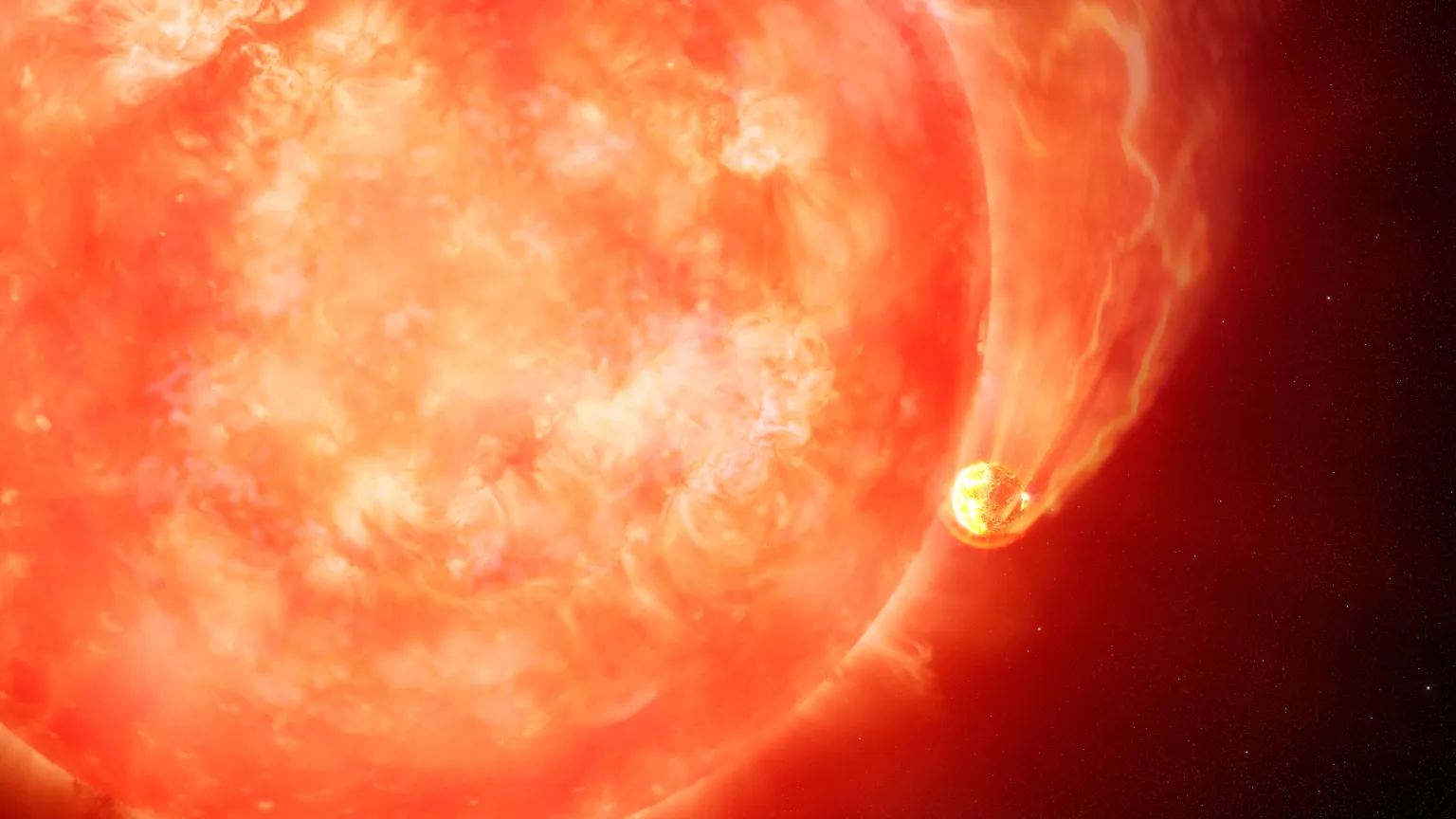
That stars can eat planets is axiomatic. If a small enough planet gets too close to a large enough star, the planet loses. Its fate is sealed.
New research examines how many stars eat planets. Their conclusion? One in twelve stars has consumed at least one planet.
Continue reading “One in Twelve Stars Ate a Planet”China’s Next Lunar Relay Satellite Blasts Off
Communication between spacecraft relies upon line of site technology, if anything is in the way, communication isn’t possible. Exploration of the far side of the Moon is a great example where future explorers would be unable to communicate directly with Earth. The only way around this is to use relay satellites and the Chinese Space Agency is on the case. The first Queqiao-1 was able to co-ordinate communications with Chang’e-4 landers and now they are sending Queqiao-2 to support the Change’e-6 mission.
Continue reading “China’s Next Lunar Relay Satellite Blasts Off”
